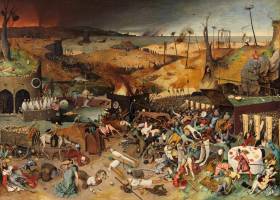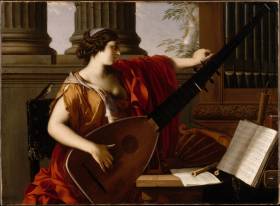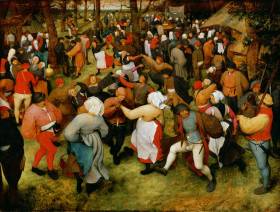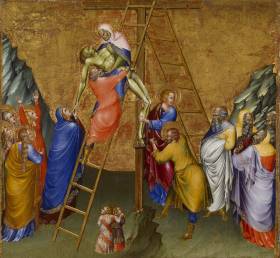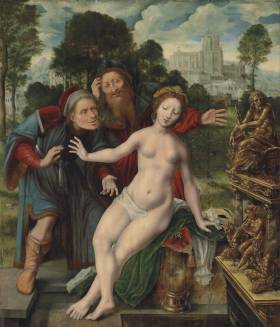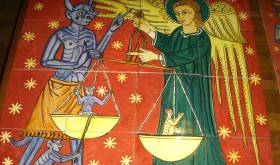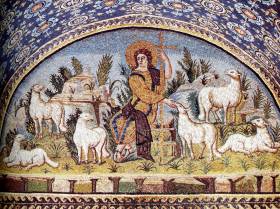
160
O Reino do Espírito na transcendência da imagem de Cristo
O Bom Pastor na Arte Paleocristã (sécs. III-IV)
The aim of this paper is to analyse the iconographic theme of the Good Shepherd in Paleochristian Art and the reasons for its popularity above all in the sculptural sarcophagus art of the period.
